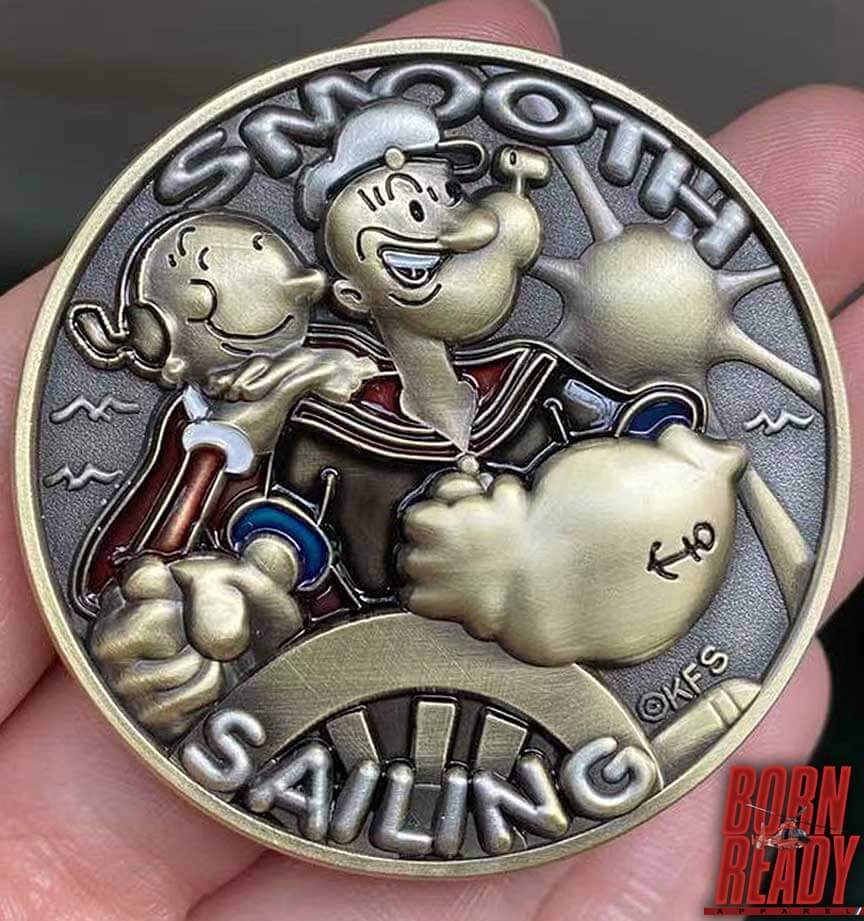When it comes to protecting America’s coasts, waterways, and maritime interests, the United States Coast Guard (USCG) plays a vital role. While most people are familiar with its search and rescue missions and coastal security operations, there are numerous lesser-known facts about the USCG that make it even more intriguing. In this blog post, we will delve into ten interesting USCG facts that few people know about, shedding light on the incredible work and history of this remarkable organization.

- The Oldest Continuous Seagoing Service: Established on August 4, 1790, the USCG is the oldest continuous seagoing service in the United States. Its origins can be traced back to the Revenue Cutter Service, which was responsible for enforcing tariffs and protecting the nation’s revenue.
- Dual Nature of the USCG: The USCG serves as both a military service and a federal law enforcement agency. In times of war or when directed by the President, it operates under the Department of Defense. During peacetime, it falls under the Department of Homeland Security, actively involved in protecting maritime borders, preventing drug smuggling, and maintaining maritime safety.
- Life-Saving Service Legacy: The USCG inherited the responsibilities of the United States Life-Saving Service (USLSS), which was established in 1848. The USLSS played a crucial role in rescuing shipwrecked sailors and has since become an integral part of the USCG’s search and rescue missions.
- Extensive Maritime Jurisdiction: The USCG’s jurisdiction extends far beyond the coasts of the United States. It maintains a presence in international waters, the Great Lakes, U.S. territories, and even Antarctica. Such a broad reach enables the USCG to protect American interests globally.
- Coast Guard Academy: The USCG operates its own military academy, the United States Coast Guard Academy (USCGA). Located in New London, Connecticut, it offers four-year bachelor’s degrees and prepares cadets to serve as officers in the USCG. The USCGA is the smallest of the five federal service academies but plays a critical role in producing highly trained officers.
- Polar Operations: The USCG has a significant presence in polar regions. It operates icebreakers to keep shipping lanes open, assist scientific research expeditions, and provide search and rescue capabilities in the Arctic and Antarctic regions. This unique capability sets the USCG apart from other military and law enforcement agencies.
- Women in the USCG: The USCG has a long history of women serving in its ranks. In 1974, the USCG became the first branch of the U.S. Armed Forces to allow women to serve in active-duty operations aboard ships. Today, women serve in various roles throughout the organization, including commanding cutters and aircraft.
- Environmental Stewardship: In addition to its traditional duties, the USCG is committed to environmental protection. It actively participates in oil spill response and prevention, marine environmental protection, and enforcing fisheries regulations to ensure sustainable practices in U.S. waters.
- Involvement in Space Operations: The USCG has a connection to space operations that few people know about. It maintains a partnership with NASA, providing support for human spaceflight missions. The USCG plays a crucial role in ensuring the safe recovery of astronauts and spacecraft after splashdown in the ocean.
- Hurricane Response and Disaster Relief: The USCG is often at the forefront of hurricane response and disaster relief efforts. Its aviation and surface assets are deployed to evacuate individuals, deliver supplies, conduct search and rescue operations, and restore critical infrastructure in affected areas. The USCG’s expertise in such situations highlights its adaptability and commitment to serving the American people.

Conclusion: The United States Coast Guard stands as a multifaceted organization with a rich history and an array of responsibilities. From its origins in revenue enforcement to its current role in protecting America’s maritime interests, the USCG continuously proves its worth as an indispensable force. By exploring these lesser-known facts, we gain a deeper appreciation for the USCG’s dedication to safeguarding lives, maritime security, and the marine environment.